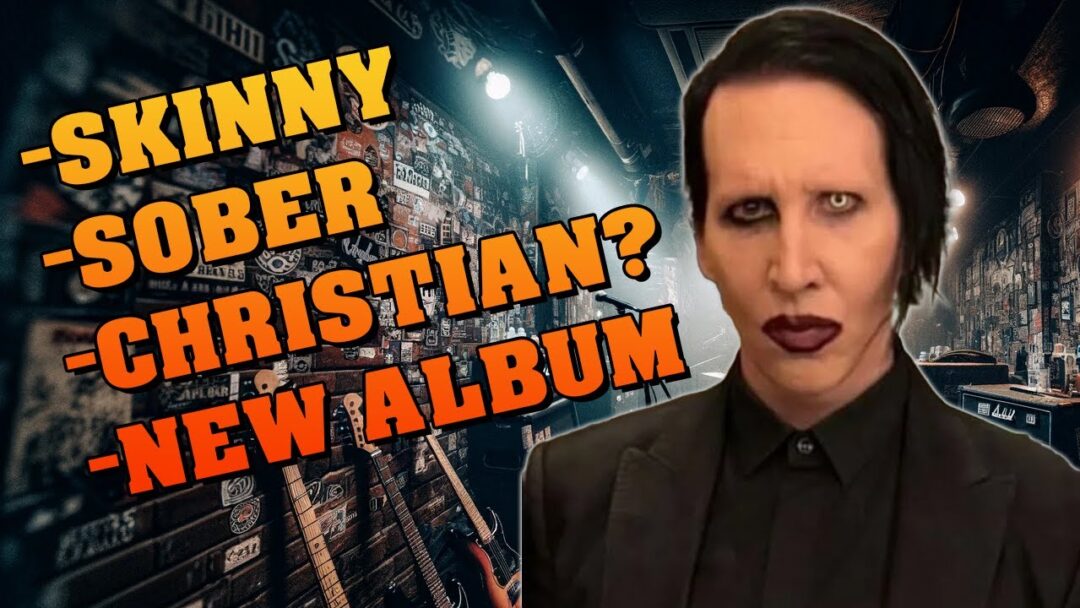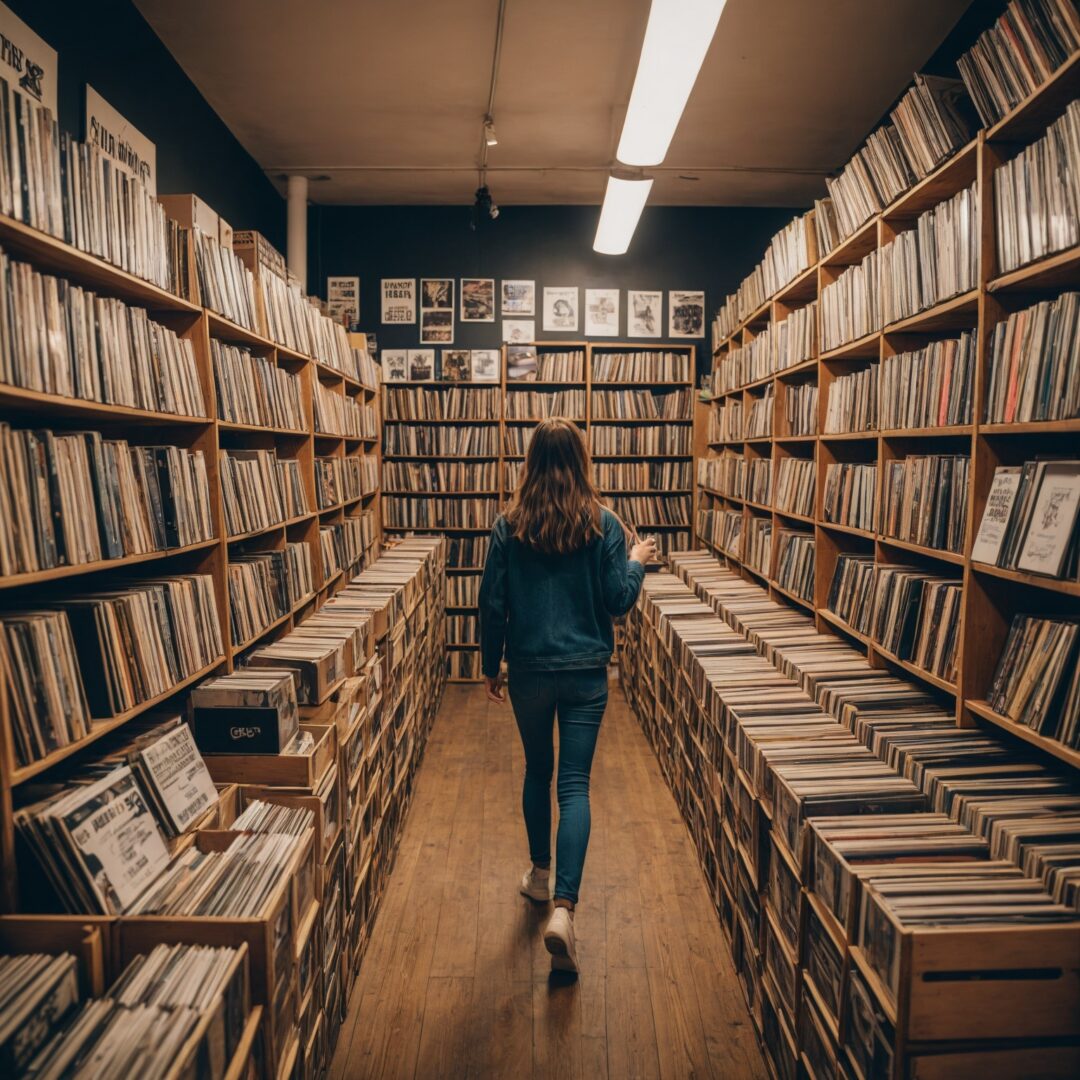Contempt for Ticketmaster has reached new heights in 2024 after what transpired to be a ticket-buying tragedy for many Oasis fans. Yet, the disdain for the monopolists with a penchant for absurdly high fees and an infuriating refusal to stave off scalpers is hardly novel.
From data breaches to the scandal of dynamic pricing, which was apparently introduced to prevent scalpers from snatching up in-demand gig tickets but all it does is exploit fans who get up at the crack of dawn to sit at their laptop in the hopes of purchasing a relatively fairly priced ticket to see their favourite bands, Ticketmaster’s list of sins is getting out of control.
What was once a straightforward transaction has transformed into a high-stakes game of chance, where fans are pitted against dynamic pricing algorithms, unyielding virtual queues, and a system that appears to favour profits over people. But how did we get here and is there any end to Ticketmaster’s monopolised tyranny?
Dynamic Pricing: The New Frontier of Exploitation
Dynamic pricing is not a novel concept. It’s been employed in industries such as airlines and hospitality for years, adjusting prices based on demand. However, its introduction to the world of concert tickets has sparked widespread backlash. The premise is simple: as demand for tickets increases, so does the price. In theory, this should deter scalpers and ensure tickets go to genuine fans. In practice, it often results in astronomical prices that many can’t afford.
Take the recent Taylor Swift and Bruce Springsteen tours as prime examples. Fans found themselves in digital queues tens of thousands strong, only to watch ticket prices skyrocket before their eyes. A ticket originally listed at £100 could, within minutes, inflate to over £1,000. The justification from Ticketmaster? It’s a way to counteract resellers and ensure that tickets reflect their “true market value.” But this argument rings hollow to many who see it as nothing more than price gouging.
The controversy has reached a boiling point, with fans and artists alike calling for change. The irony is palpable: a mechanism purportedly designed to fight scalping is instead pricing out genuine fans, making it clear that the system is fundamentally flawed. The recent dynamic pricing debacle surrounding Oasis’s rumoured reunion tour—where tickets were allegedly sold on secondary markets before any official announcement—only further highlights the lack of transparency and fairness in the current system.
From Record Stores to Digital Disasters: The Evolution of Ticket Buying
To understand how we got here, it’s essential to look at the evolution of ticket purchasing. Not so long ago, buying concert tickets was a tangible experience. Fans would queue outside venues or record stores, often camping overnight for the chance to secure tickets. It was a communal experience, shared with fellow fans who were just as excited to see the band. The process, while time-consuming, was largely fair: first come, first served, and tickets sold at face value.
The advent of the internet promised to streamline this process. With the click of a button, fans could purchase tickets from the comfort of their own homes. But as online sales became the norm, so too did new challenges. The anonymity of the internet provided a fertile ground for scalpers armed with bots capable of purchasing thousands of tickets in seconds. What once felt like a level playing field quickly became an uneven battlefield.
The digital age has brought convenience but at a cost. The personal touch of interacting with a human being behind the ticket counter has been replaced by unfeeling algorithms. Fans now face the dual frustrations of navigating confusing online platforms and competing with sophisticated automated systems. The nostalgia for the old ways of buying tickets is more than just a longing for the past; it’s a desire for a system that felt inherently more fair and accessible.
Viagogo and the Resale Racket: When Desperation Meets Exploitation
If dynamic pricing is one side of the coin, resale sites like Viagogo represent the other. These platforms have become synonymous with extortionate prices and questionable practices, often benefiting scalpers and touts at the expense of genuine fans. Tickets that sold out within minutes on official platforms reappear on Viagogo, marked up by hundreds or even thousands of pounds. It’s a modern-day Wild West, where regulations are sparse, and the rules are made up as they go along.
Viagogo has been embroiled in controversy for years, facing legal action in multiple countries for its lack of transparency and misleading practices. The site has been accused of selling invalid tickets, failing to disclose seat locations, and charging exorbitant fees. In 2024, the situation has reached a crisis point. Stories of fans paying inflated prices for non-existent seats or receiving tickets for different events altogether are rife. The platform’s opaque operations make it difficult for fans to know if they’re getting a legitimate deal or a costly scam.
The resale market thrives on desperation. Fans who missed out on the initial sale, whether due to dynamic pricing, site crashes, or simply bad luck, turn to these platforms as a last resort. For many, the choice is stark: pay the inflated price or miss out on a once-in-a-lifetime experience. The fact that this decision is even necessary speaks to the systemic failures of the current ticketing landscape.
Is There a Fairer Future for Ticket Sales? Don’t Hold Your Breath
The failures of the current system are glaringly obvious, and yet, meaningful change seems elusive. There are potential solutions that could revolutionise the way tickets are sold and distributed. Blockchain technology, for instance, offers a promising avenue for securing ticket sales, ensuring that tickets can’t be duplicated or resold at inflated prices. Verified fan programmes, where fans register in advance and prove their support for an artist, have shown some success in curbing scalping.
But these solutions are far from perfect and face significant barriers to widespread adoption. Implementing blockchain technology on a global scale would require massive infrastructural changes and significant buy-in from all stakeholders. Verified fan programmes, while well-intentioned, can be cumbersome and still leave room for exploitation. Moreover, these measures do little to address the core issue: the dominance of a few major players in the ticketing market who have little incentive to change.
Ticketmaster, in particular, has shown a remarkable resilience to criticism. Despite being the subject of investigations and lawsuits, they continue to operate much as they always have. The recent scandal involving Oasis’s alleged reunion tour has brought renewed scrutiny, but it’s unclear if this will lead to any substantive change. The bottom line is that the current system is highly profitable for those at the top, and without significant pressure, there’s little reason to believe they will voluntarily disrupt their own business model.
The Cure’s Stand Against Ticketmaster: A Beacon of Hope?
In a landscape dominated by corporate interests and profiteering, it’s easy to feel powerless. But there are glimmers of hope. The Cure made headlines for their bold stand against Ticketmaster’s excessive fees. After learning that fans were being charged exorbitant fees on top of ticket prices, the band intervened, negotiating with Ticketmaster to offer partial refunds to affected fans.
It was a rare victory against Ticketmaster and one that demonstrated the power of artists to advocate for their fans. The Cure’s actions were a stark reminder that the relationship between artists and their audience should not be mediated solely by profit-driven corporations. It also highlighted how broken the system has become, when a band’s intervention is needed to ensure that fans are treated fairly.
While The Cure’s stand is commendable, it’s not a scalable solution. It requires artists to take a proactive stance, potentially risking their own financial interests and relationships with powerful entities like Ticketmaster. For the average fan, it’s a reminder that while there are people fighting for fairness, those victories are hard-won and far too rare.
Conclusion: The Long Road to Reform
The ticketing system of 2024 is a labyrinth of frustration, dominated by monopolistic practices and skewed against the very fans it claims to serve. The promise of live music—the shared joy of seeing an artist perform, the collective energy of a crowd—should be accessible to all, not just those with deep pockets or exceptional luck.
There are potential solutions on the horizon, but they require a willingness to disrupt the status quo that has yet to be demonstrated by the industry’s key players, such as Ticketmaster. Until there’s a concerted effort to put fans first, the great ticketing crisis of 2024 will continue unabated.
For now, fans are left navigating a broken system, hoping for a fair shot at the experiences they cherish. As we look to the future, the question remains: will the industry find a way to balance profitability with fairness, or will we continue down this path of ever-increasing exploitation? One thing is clear—change is desperately needed, but whether it will come remains to be seen.
Article by Amelia Vandergast










